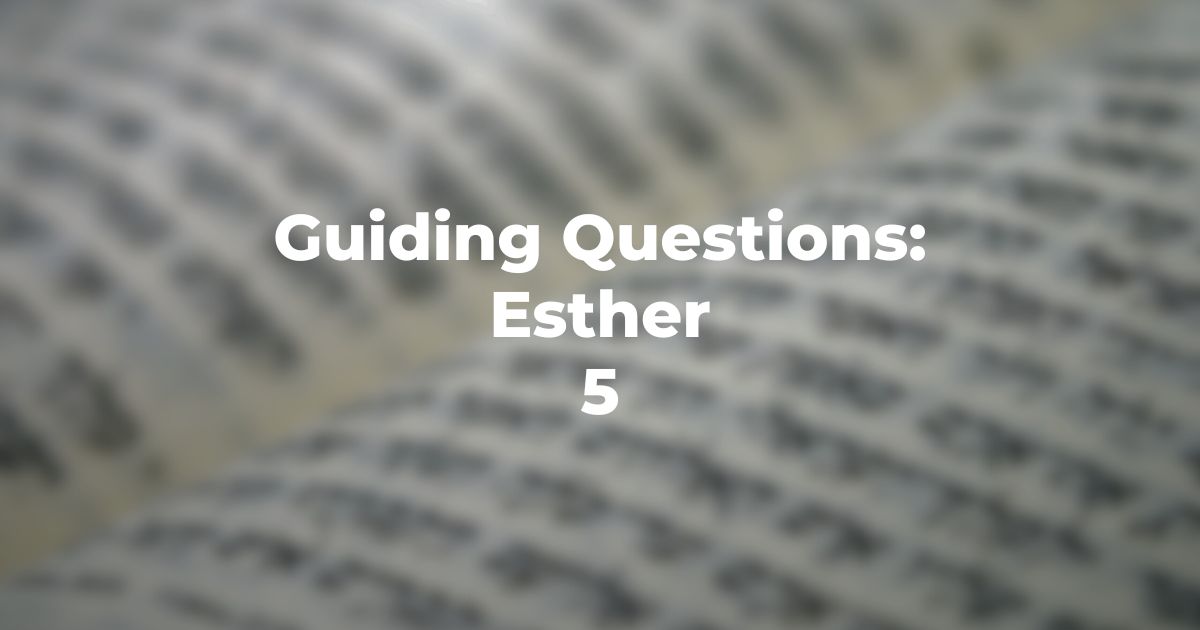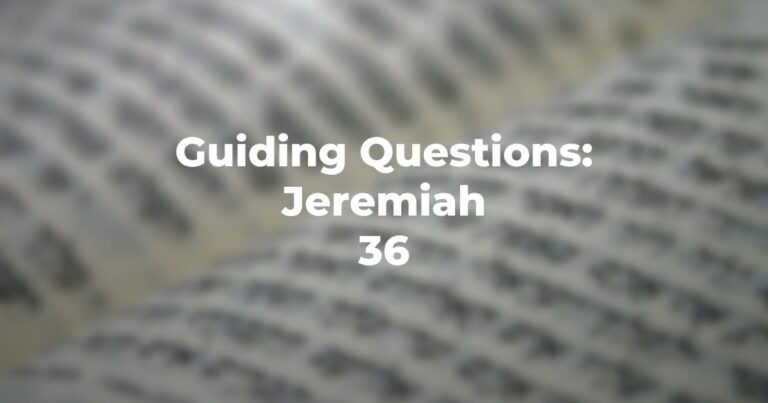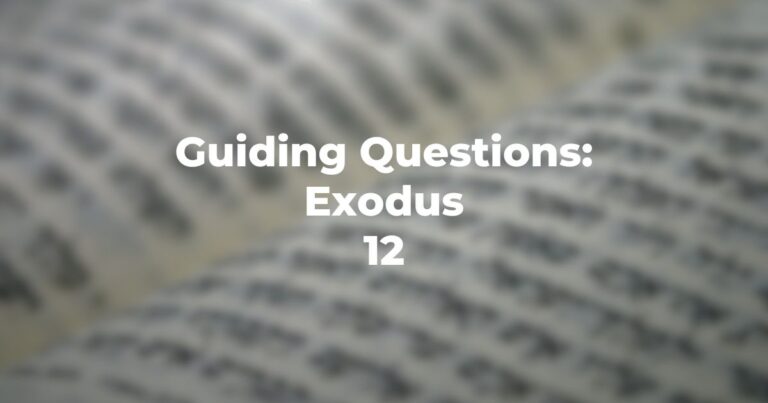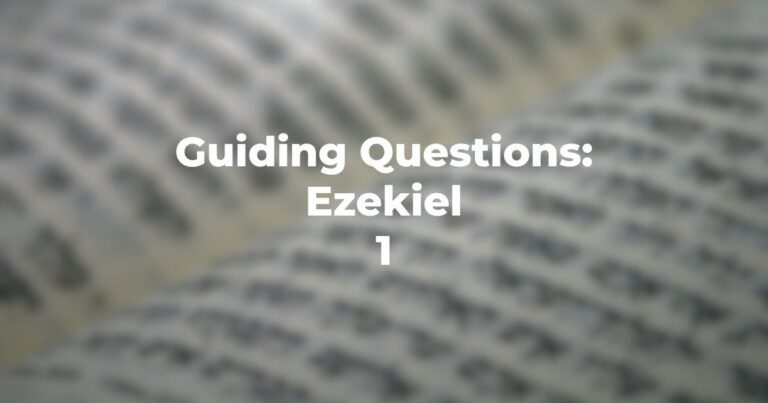- How does the author begin to raise the level of tension in Esther 5 for each protagonist: Esther, Ahasuerus, Haman, Mordecai?
- In what ways does Esther show how well she understands the different personalities of Ahasuerus and Haman?
- Why does Esther need Haman at the banquet? Why did she not speak up for her people when she had the chance? What need was there to have two banquets?
- Some medieval Jewish commentaries see a Hebrew acrostic for God’s name (YHVH) in Esther’s invitation of Esther 5:4 (Yavo Hameleh V’Haman Ha-yom). What need is there for this extreme method to uncover God in the tale?
- Can we assume from Esther 5:6 that the king realized that Esther had more urgent matters to reveal than an invitation to a banquet?
- Esther 5:7 is short. What item has the author left dangling? How does the author keep heightening the suspense and maintaining the reader’s interest?
- For whom was the first banquet prepared (Esther 5:4 “for him”) and what was Haman’s position there? For whom was the second banquet prepared (Esther 5:8 “for them”) and what has Haman’s position there?
- How does the author use dramatic timing in Esther 5:9 to give you insight into Haman’s emotions?
- What is the difference between Mordecai’s behavior toward Haman in Esther 3:2 and now in Esther 5:9? What major event has occurred between these two times? What is it that infuriates Haman even more now than previously?
- What is Haman’s purpose in inviting his family and friends to his home (Esther 5:10)?
- Is 50 cubits for the size of the gallows (Esther 5:14) an exaggeration? a realistic size? a way of making some other point? what point? [a cubit is approximately one yard].
Author
-

Exploring Judaism is the digital home for Conservative/Masorti Judaism, embracing the beauty and complexity of Judaism, and our personal search for meaning, learning, and connecting. Our goal is to create content based on three core framing: Meaning-Making (Why?), Practical Living (How?), and Explainers (What?).
View all posts




